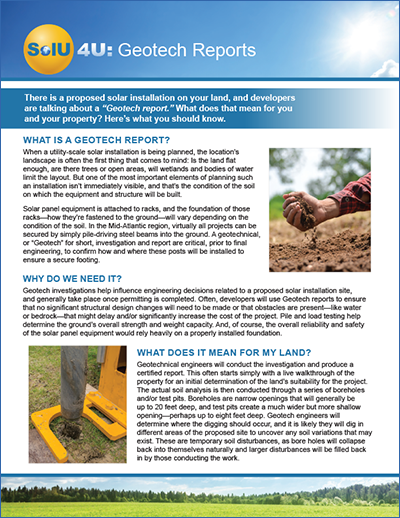How is a project built?
Who Buys the Energy?
The Components of a Solar Farm
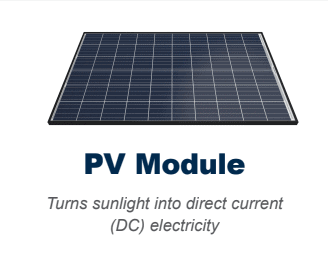
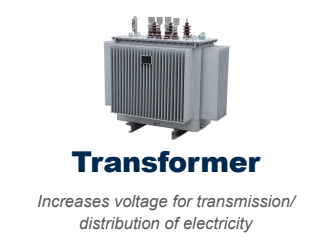
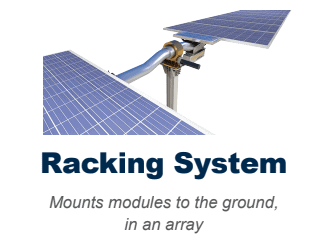
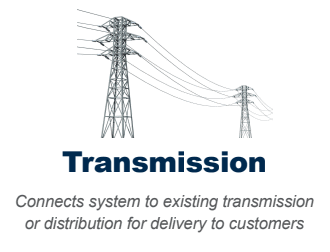
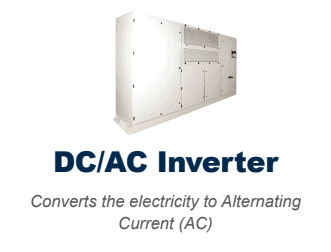
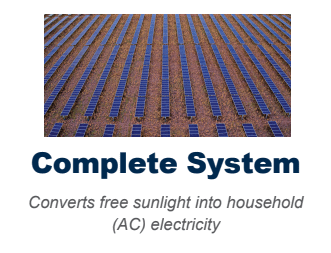
Downloadable Solar Resources
FAQ
“Utility-scale” refers to solar energy generation facilities that contribute electricity directly into the power grid, just as conventional energy plants do. These sites are usually ground mounted and can range from about ten to several-hundred acres in size.
Local contractors will have the opportunity to bid on these projects and we always seek to hire local qualified personnel. Local businesses will likely experience increased revenue during the construction. Further, these projects put money in local landowners’ pockets who may spend locally.
The majority of solar projects in Virginia have sold their energy to corporate buyers meaning no impact on to the general rate payer. In the case that a utility does decide to procure solar energy, they do so because it is in the best interest of their ratepayer — Utilities are not mandated to purchase any solar energy in the Commonwealth of Virginia.
Large-scale solar power plants provide energy to the wholesale grid, and are not directly connected to the nearby homes. Depending on how the electricity grid is configured some of the energy may travel to and be consumed by nearby users.
The project will typically sell the electricity either to an electric utility or one of many large companies who are purchasing their electricity directly from solar farms.
The project owner will be contractually obligated to remove all structures and equipment (like pulling fence posts) and the land can be easily and quickly returned to previous use.
Most manufacturers guarantee that panels will operate above a specified efficiency for at least 20 years. Lifespans of more than 30 years are common…
No, Solar panels are designed to absorb as much sunlight as possible and they reflect less light than many standard building materials, including wood shingles.
Utility scale solar farms have not historically negatively impacted property values due to their passive nature and ability to blend into the natural landscape.
Solar farms increase a county’s revenue from taxes and fees, while placing minimal to no impact on the county’s services.
Minimal water use may be necessary for controlling dust during construction and for washing the panels 1-2 times per year, if required at all.
Once operational, solar farms are purely passive, and provide several benefits, such as reducing carbon emissions and harmful pollutants.
Certain components of the farm would create a low-level hum equivalent to an average dishwasher (about 70dB) during daylight These components will be located so they are not audible from beyond the site.
During the construction phase of the project, neighbors may see equipment in the area and hear construction-related noise. Once operational, solar farms
require infrequent equipment maintenance and periodic maintenance for the landscaping.
For full downloadable PDF of FAQ please click here.

